This article is about our four-week project which turned into a new product we call Nutrient. If you would like to learn more, or are looking at investing in the project, please visit the Nutrien landing page to register your interest.
At the beginning of the four-week period, we outlined the key problems we wanted to solve:
Approximately a third of all adults suffer from some kind of dietary restriction,
For those afflicted with a dietary restriction finding the right food in new surroundings can be quite difficult, and
There is a general lack of awareness of additives and how they harm you when you consume them.
With these three key ideas to build a product, our team launched into action. With limited time we decided upon a 5-day hackathon.
DAY 1: Getting Started
The first thing the team did was brainstorm what features could be included in the App. This was a huge session, as there were so many ideas that could be beneficial for their potential users, based on the above 3 key ideas. In addition to the brainstorming session, the team also began working on the logistics of the product: what could be built within 5 days? We dove into research and decided that the Woolies website was a good start to base our concept on, as it displayed all the ingredients- something our team had decided was key to this App.
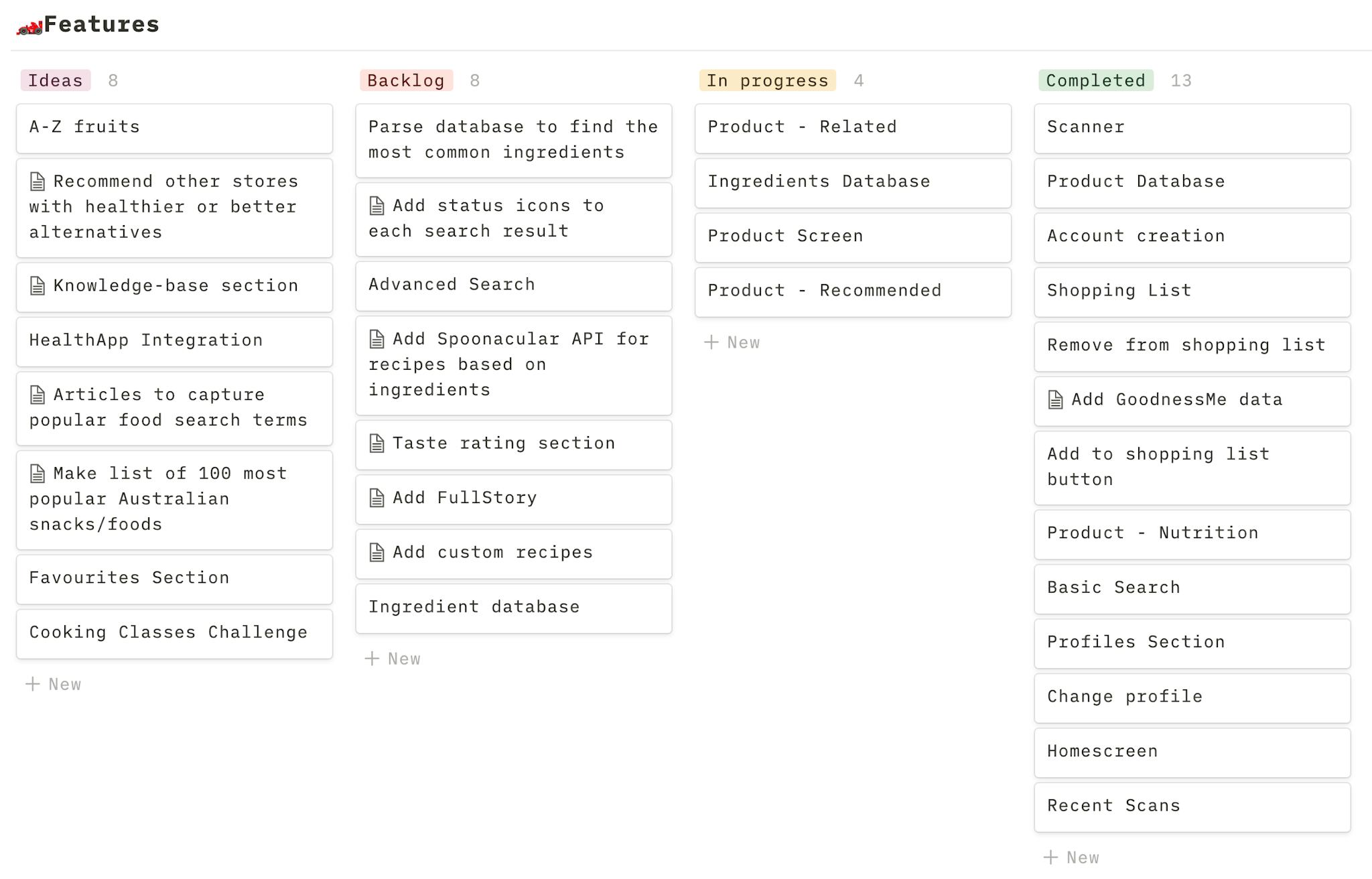
DAY 2: Feature Validation and Building
With our concept and basic design nailed down, our team began working through the next critical step in product creation: concept validation. Our team ran a number of surveys with friends, family, and clients to test the traction of the idea, and to better understand how a potential user might find the Product valuable.
The survey feedback was encouraging and very informative. All surveyed participants agreed that the product was highly desirable. In addition, key feedback was provided on what features would be most useful for everyday use. These items included recipes, a QR code scanner and unique dietary insights.
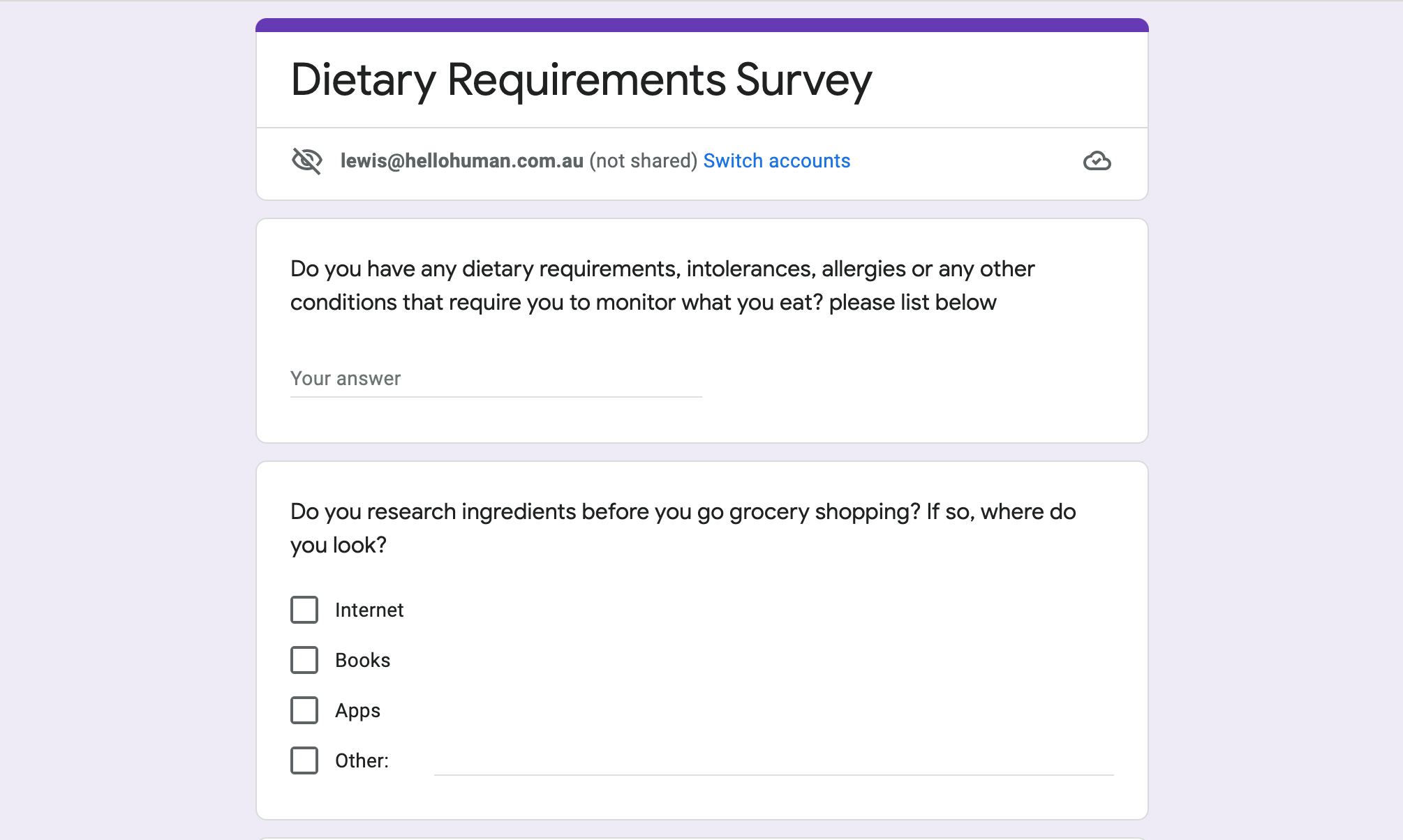
The team leveraged this feedback to begin the Build phase. We started to prioritise features between MVP and Blue Sky since we need to keep the app simple to use. As part of our Build process, the team created a mockup of the QR code scanner, as it was by far the most requested feature.
We also created a data scraper that goes through a website's product listing and pulls out product information and ingredients. This data then goes into a Graphql database so we can easily query anything in the future. GraphQL is great for this project as you can fetch lots of specific data with just one API call.
DAY 3: The Designing
While our talented developers worked tirelessly on the Product code, the design team launched into action. As the team was pressed for time, a simple sticker sheet of components was created to be used as a reference point for the coding and development. This sticker sheet allowed the team to work together to come up with the User Interface (UI) pretty quickly.
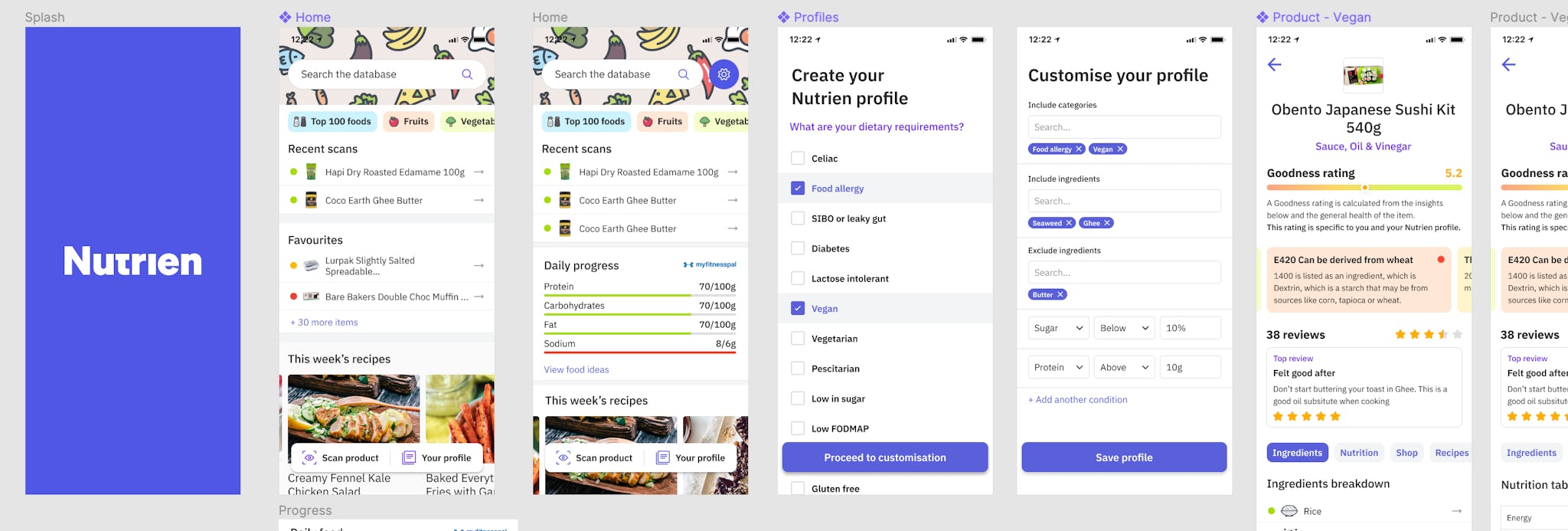
DAY 4: The Build
By this stage, the majority of the design and the backend were completed, and the focus turned to get as much of the front end built as possible.
We connected the data scraper to the product scanner, and 0Auth was added as well, to allow users the ability to add in their dietary requirements as they logged into the platform. We called this the Nutrien Profile.
Since a native application is time-consuming to make, our team created an example front-end interface in the form of a web-based React SPA, to mock up the experience as close to native as possible. React had a package that allowed you to scan a barcode using the front-facing smartphone camera (only in Safari) so we could emulate that native scanning experience that was so sought after by our research participants.
The team decided to use TailwindCSS, for its speed and utility. This allowed us to create each component we required, even in such a short space of time.
DAY 5: Presentation with Next Steps
The final day of the Hackathon presented us with a focus on the key features of the Nutrien platform, such as the QR scanner, and gluten-free profiles. This second feature was selected as a focal feature in reflection of the demand provided in the survey on Day 2.
With the final day wrapping up, our team presented our product to the company, with great success. Five days were very well spent!
The end result
The end result of this Hackathon was an experience that fit the criteria of the three key problems and more. The experience we presented not only functions but has also been built in such a way that there is a huge opportunity to expand it into a fully functioning platform and a chrome extension.
Beyond the hackathon
The project has been a huge success, both within the company, for our client, and with all of our initial test participants. This validation has helped us decide that we would like to take this concept further.
We have gone above and beyond the initial scope of the Hackathon with further research and testing. As part of this qualitative research and testing, we built a product landing page. This was both to further our proof of concept, and to begin to gauge investor interest in the product.
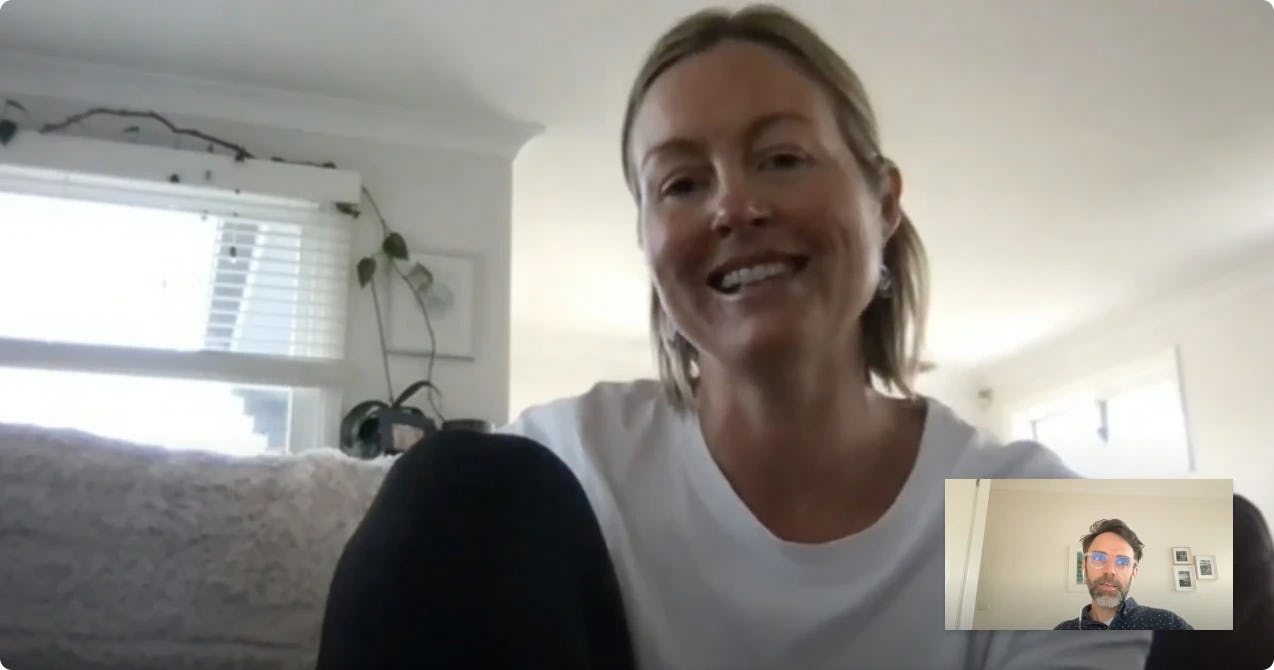
Landing page
In line with our decision to take this concept further, our team created a landing page for the product to outline the value proposition and to gather sign-ups from interested parties.
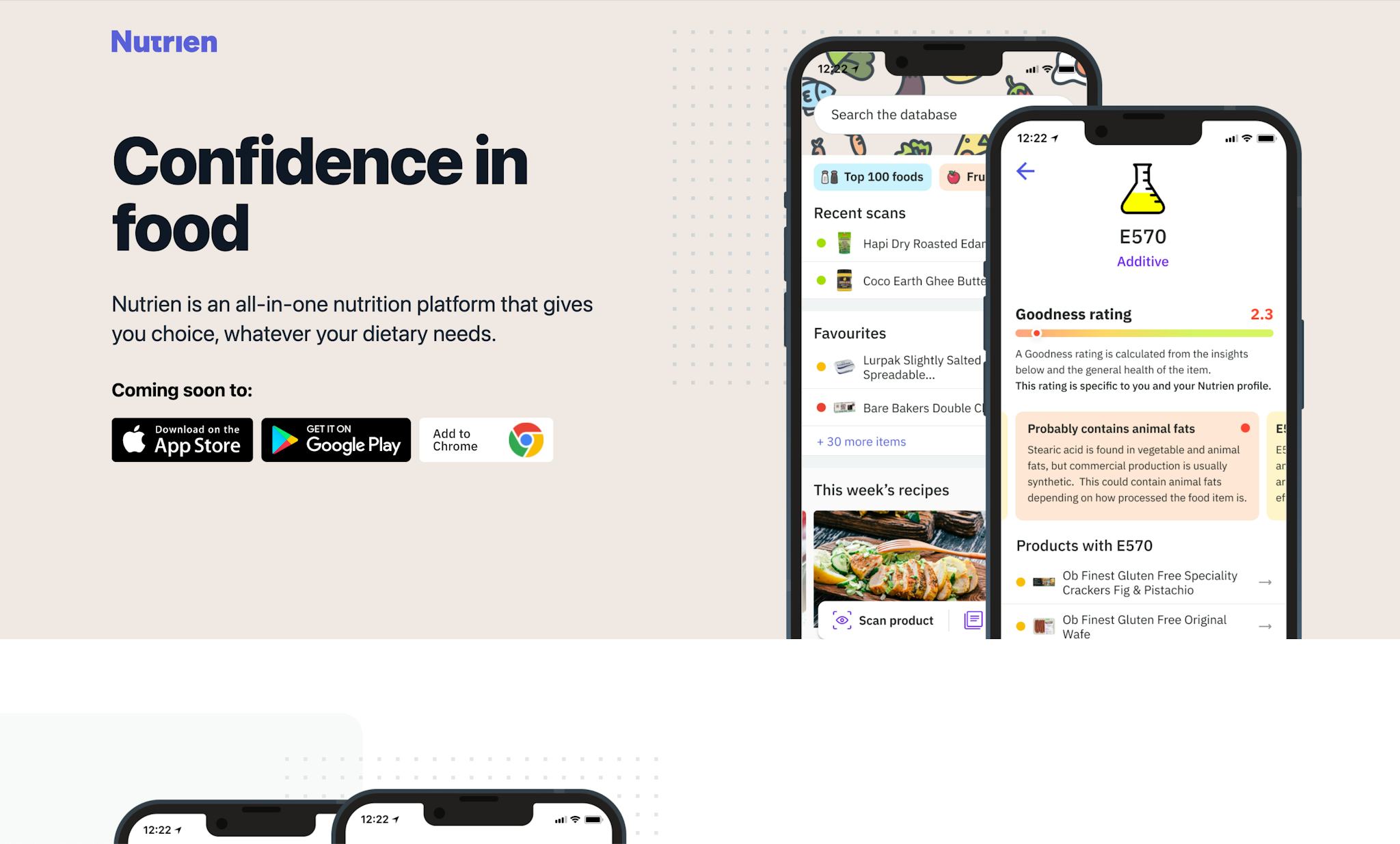
Investment
We are very excited about this Product’s potential, as we are bringing incredible value to our Users’ lives. As such, we are seeking to further build this product into the next stage.
If you are interested in knowing more about the product and further funding options, please visit our landing page and register your interest.
